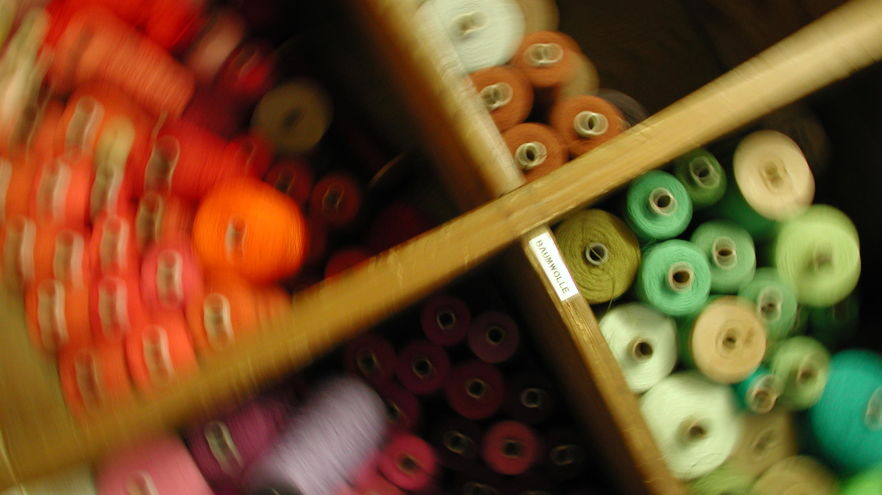beim Kloster St. Marienberg in Helmstedt

The liturgical colours white, green, red, purple, pink and black accompany the cycle of the church year. The changing liturgical colours help the congregation to orientate and attune themselves during the different times and festivals of the church year.
A special symbolism is inherently present in the different kinds of chromaticity which illustrate and reinforce the message of the paraments.
A symbol of the absolute truth of God, of chastity, innocence and purity. White is also a royal colour and represents princely power. White clothes are a reminder of the messengers of the resurrection (angels) and of the cloud in which Christ ascended into heaven. At a church consecration festival, white symbolises the church as Christ’s flawless bride.
As a supplement to white, both yellow and gold are common; they are the colours of divine eternity and a sign of the unending light.